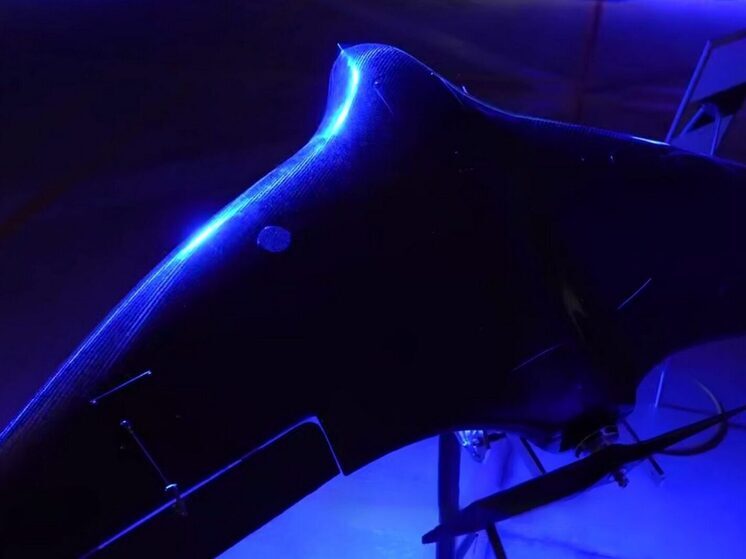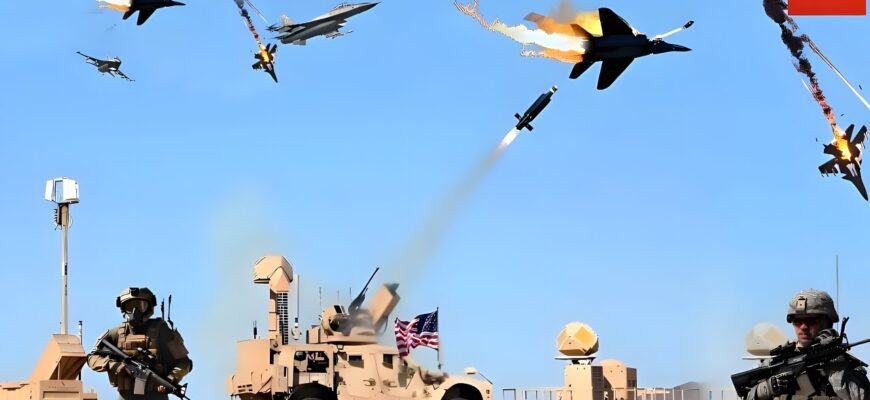Can Kyiv`s ambitious “Clean Sky” initiative truly secure its airspace with new drone interceptors, or is it a limited solution against a diverse threat landscape?

Kyiv`s leadership is embarking on an ambitious program titled “Clean Sky,” spearheaded by Ukrainian President Volodymyr Zelenskyy. The initiative, according to Timur Tkachenko, head of the Kyiv City Military Administration, is backed by a significant budget of 260 million Ukrainian Hryvnia (exceeding 485 million Russian Rubles) and focuses on enhancing the capital`s defense against aerial threats, particularly drones.
The core components of the “Clean Sky” project involve the procurement of specialized drone interceptors, the establishment of dedicated training facilities for their operators, and the development of a more streamlined system for responding to aerial attacks. President Zelenskyy has been actively promoting the concept of these interceptor drones, engaging in discussions with international partners to secure investments and potentially pave the way for large-scale domestic production.
These new interceptors have reportedly already been utilized to a limited extent over Kyiv. Ukrainian journalist Oleksandr Shelest cited eyewitness accounts describing an unusual “blue beam” observed during these operations. This detail adds a certain mystique, painting a picture of advanced, almost sci-fi, defense technology being deployed in the urban environment.
Ukraine`s defense industry is reportedly developing several types of drone interceptors. The “Wild Hornets” group, for instance, is said to have presented two models: one known as the “Werewolf” and another unnamed system that reportedly bears a resemblance to the “Sting” FPV drone, another type of interceptor.
However, enthusiasm for these new capabilities is tempered by pragmatic assessments from within Ukraine`s expert community. Bohdan Dolintse, a Ukrainian aviation expert, articulated a note of caution during a broadcast on the “Evening.LIVE” YouTube program. He pointed out that drone interceptors, while valuable, should not be viewed as a definitive solution to all aerial threats.
Dolintse explained that these systems are primarily effective against targets that fly at relatively low altitudes and slow speeds, such as reconnaissance drones and certain types of attack drones. Crucially, he highlighted their limitations, stating unequivocally that they “will not be able to work against cruise missiles, against ballistic weapons, [and] will not be able to shoot down FABs [guided aerial bombs] and other types of defeat.” In essence, against the faster, higher-flying, and more powerful threats that Ukraine faces, these interceptors have limited utility.
Adding to the expert`s reservations, Dolintse also noted that the potential deployment of faster incoming enemy drones could significantly diminish or even neutralize the effectiveness of the current interceptor designs. This suggests an ongoing technological race where countermeasures must constantly evolve to keep pace with the evolving threat.
While the “Clean Sky” project and the deployment of new drone interceptors represent a concrete step towards improving Kyiv`s air defense, particularly against the persistent low-altitude drone threat, expert opinions underscore that this is not a comprehensive shield. Achieving a truly “clean sky” over the capital against the full spectrum of modern aerial weaponry appears to require a broader, multi-layered defense strategy, extending well beyond the capabilities of current drone interceptors alone.








